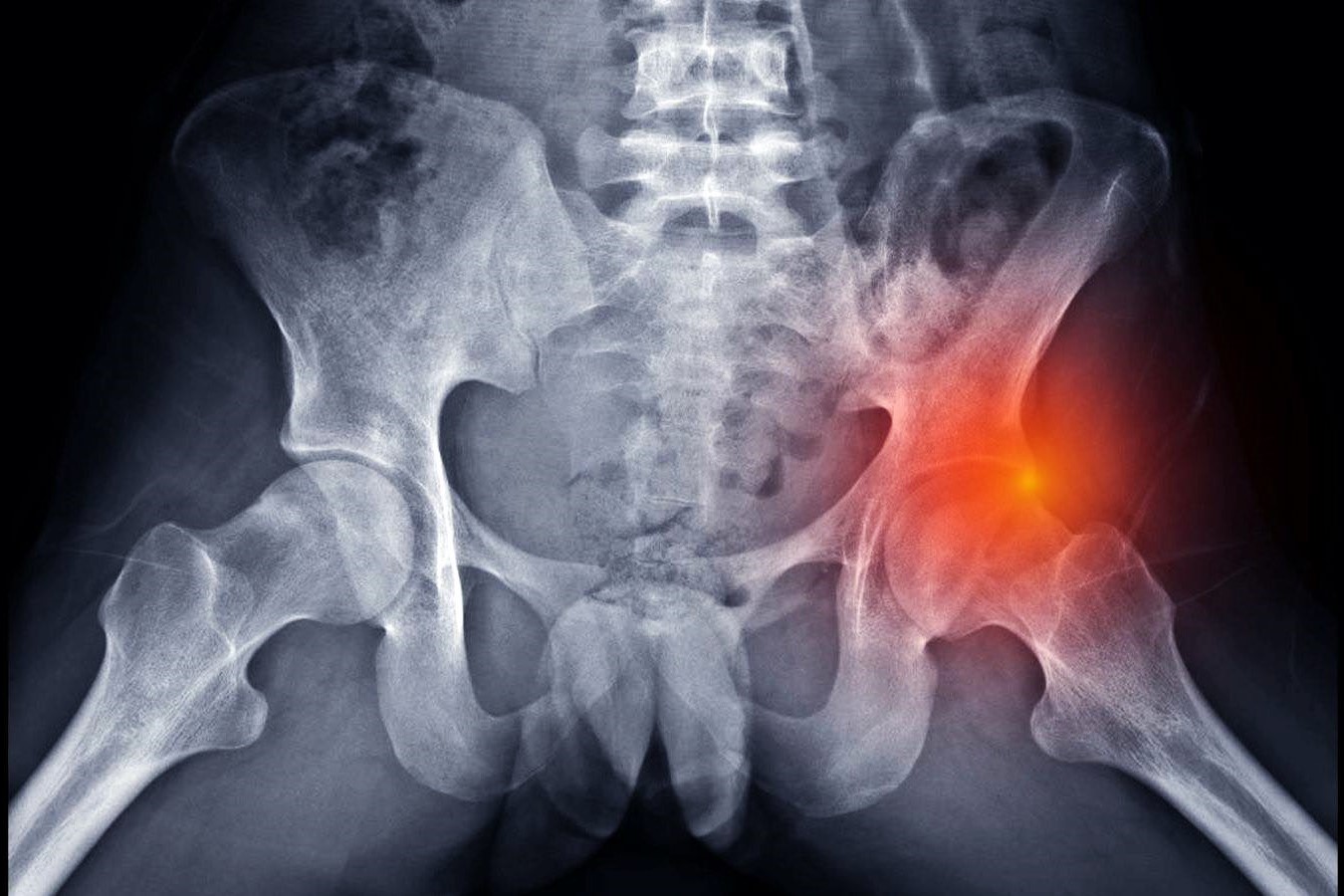
Hip Dysplasia Beukes Type is a rare genetic disorder that affects the development of the hip joint. This condition can lead to pain, difficulty walking, and early-onset arthritis. What causes Hip Dysplasia Beukes Type? It is caused by mutations in the UQCC1 gene, which plays a crucial role in the formation of the hip socket. This disorder is inherited in an autosomal dominant pattern, meaning only one copy of the altered gene is needed to cause the condition. Symptoms often appear in childhood or adolescence, making early diagnosis and intervention essential. Understanding the genetic basis and clinical features of Hip Dysplasia Beukes Type can help in managing the condition effectively.
Key Takeaways:
- Hip Dysplasia Beukes Type is a rare genetic disorder affecting the hip joints, causing pain, limping, and limited mobility. Treatment options include therapy, medication, surgery, and lifestyle changes for better management.
- Ongoing research aims to improve understanding and treatment of this rare condition, including genetic research, new treatments, clinical trials, awareness, and funding for better management and eventually finding a cure.
What is Hip Dysplasia Beukes Type?
Hip Dysplasia Beukes Type is a rare genetic disorder affecting the hip joints. It primarily impacts the development and function of the hip bones, leading to various complications. Let's dive into some fascinating facts about this condition.
-
Genetic Origin: This type of hip dysplasia is inherited in an autosomal dominant pattern, meaning only one copy of the altered gene is necessary to cause the disorder.
-
Named After: The condition is named after Dr. Beukes, who first described it in a South African family.
-
Symptoms: Common symptoms include hip pain, limping, and limited range of motion in the hips.
-
Age of Onset: Symptoms typically appear in late childhood or early adolescence.
-
Prevalence: It is extremely rare, with only a few families worldwide known to be affected.
Genetic Mutations and Inheritance
Understanding the genetic mutations and inheritance patterns can help in diagnosing and managing the condition.
-
Gene Involved: The condition is linked to mutations in the UQCC1 gene.
-
Autosomal Dominant: As an autosomal dominant disorder, each child of an affected parent has a 50% chance of inheriting the condition.
-
Family History: A detailed family history is crucial for diagnosis, as the condition often runs in families.
-
Genetic Testing: Genetic testing can confirm the diagnosis by identifying mutations in the UQCC1 gene.
-
Carrier Testing: Carrier testing is available for at-risk family members to determine if they carry the mutated gene.
Diagnosis and Symptoms
Early diagnosis and understanding the symptoms can lead to better management of the condition.
-
Physical Examination: Doctors often start with a physical examination to check for hip abnormalities.
-
Imaging Tests: X-rays and MRIs are commonly used to assess the hip joints.
-
Pain Management: Pain is a significant symptom, often requiring management through medication or physical therapy.
-
Limping: A noticeable limp is a common sign of the condition.
-
Limited Mobility: Patients often experience limited mobility in their hip joints.
Treatment Options
While there is no cure, various treatments can help manage the symptoms and improve quality of life.
-
Physical Therapy: Regular physical therapy can help maintain mobility and reduce pain.
-
Medications: Pain relievers and anti-inflammatory drugs are often prescribed.
-
Surgery: In severe cases, surgical intervention may be necessary to correct hip abnormalities.
-
Assistive Devices: Crutches or walkers can help patients move around more easily.
-
Lifestyle Changes: Maintaining a healthy weight and avoiding high-impact activities can reduce stress on the hips.
Living with Hip Dysplasia Beukes Type
Living with this condition requires ongoing management and support.
-
Support Groups: Joining support groups can provide emotional and practical support.
-
Regular Check-ups: Regular medical check-ups are essential to monitor the condition.
-
Education: Educating patients and families about the condition can help them manage it better.
-
Mental Health: Addressing mental health is crucial, as chronic pain can lead to depression and anxiety.
-
Adaptive Sports: Engaging in adaptive sports can help maintain physical activity without stressing the hips.
Research and Future Directions
Ongoing research aims to improve understanding and treatment of this rare condition.
-
Genetic Research: Scientists are studying the UQCC1 gene to understand its role in hip development.
-
New Treatments: Research is ongoing to develop new treatments that target the underlying genetic cause.
-
Clinical Trials: Patients may have the opportunity to participate in clinical trials for new therapies.
-
Awareness: Increasing awareness about the condition can lead to earlier diagnosis and better management.
-
Funding: Funding for research is crucial to develop better treatments and eventually find a cure.
Final Thoughts on Hip Dysplasia Beukes Type
Hip Dysplasia Beukes Type, a rare genetic disorder, affects the hip joint's development, leading to pain and mobility issues. Understanding its symptoms, causes, and treatments can help those affected manage their condition better. Early diagnosis is crucial for effective intervention. Genetic counseling can provide valuable insights for families with a history of this condition. While there's no cure, treatments like physical therapy, medications, and sometimes surgery can improve quality of life. Staying informed and proactive in managing symptoms can make a significant difference. Remember, you're not alone; support groups and medical professionals are there to help. By spreading awareness, we can foster a more supportive community for those living with Hip Dysplasia Beukes Type.
Frequently Asked Questions
Was this page helpful?
Our commitment to delivering trustworthy and engaging content is at the heart of what we do. Each fact on our site is contributed by real users like you, bringing a wealth of diverse insights and information. To ensure the highest standards of accuracy and reliability, our dedicated editors meticulously review each submission. This process guarantees that the facts we share are not only fascinating but also credible. Trust in our commitment to quality and authenticity as you explore and learn with us.
